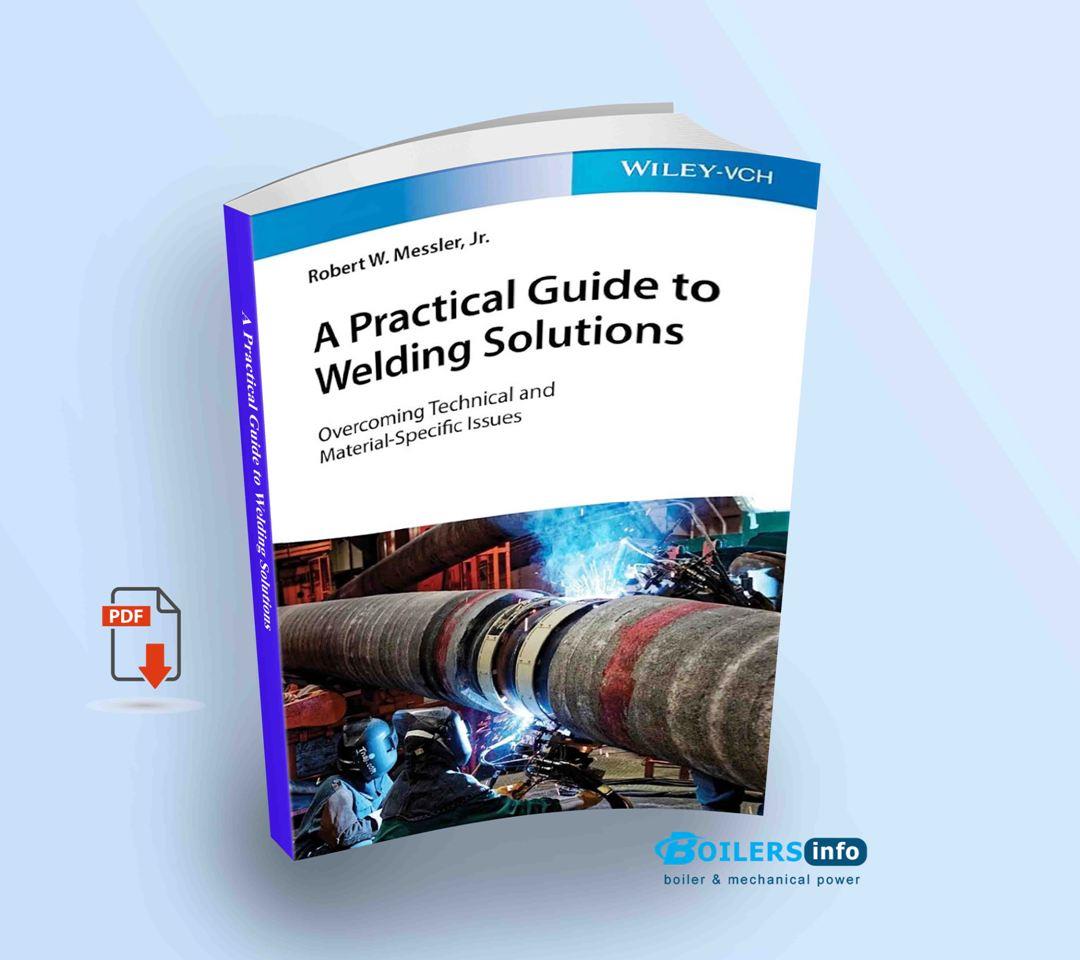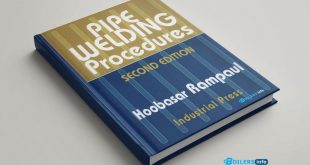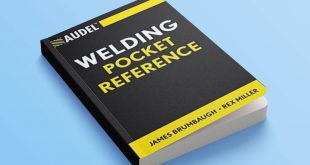Your Step-by-Step Companion for Effective and Safe Welding
Welding is the backbone of countless industries—from construction and automotive to shipbuilding and pipelines. But achieving a strong, clean, and safe weld involves more than just joining metal with heat. This practical guide to welding solutions offers hands-on advice, problem-solving techniques, and essential tips for beginners and professionals alike.

🔧 1. Understanding Welding Processes
Before diving into solutions, it’s important to understand the major welding methods:
- Shielded Metal Arc Welding (SMAW / Stick Welding): Portable, affordable, ideal for heavy-duty jobs and outdoor work.
- Gas Metal Arc Welding (GMAW / MIG Welding): Easy to learn, great for thin metals and high-speed work.
- Gas Tungsten Arc Welding (GTAW / TIG Welding): Provides high precision and clean welds, ideal for stainless steel and aluminum.
- Flux-Cored Arc Welding (FCAW): Versatile and powerful, commonly used in construction.
- Submerged Arc Welding (SAW): High-quality welds for thick plates, mainly in industrial environments.
⚙️ 2. Common Welding Challenges and Solutions
a. Porosity (Gas Pockets in Weld)
Cause: Contaminants, improper shielding gas, moisture
Solution: Clean the base metal, use correct gas settings, and dry electrodes properly.
b. Cracks
Cause: Rapid cooling, high restraint, incorrect filler material
Solution: Preheat material, reduce joint restraint, choose compatible filler metal.
c. Undercutting
Cause: Excessive welding speed or current
Solution: Reduce travel speed, lower the amperage, and maintain correct electrode angle.
d. Incomplete Fusion
Cause: Low heat input, wrong angle, dirty surfaces
Solution: Increase heat, clean surfaces, ensure proper technique and travel angle.
e. Spatter
Cause: High voltage, incorrect polarity, poor technique
Solution: Optimize settings, use anti-spatter spray, and refine technique.
🧪 3. Welding Safety Must-Knows
- PPE (Personal Protective Equipment): Helmet with appropriate shade, gloves, flame-resistant clothing, and steel-toe boots.
- Ventilation: Ensure adequate ventilation or fume extraction to avoid inhaling toxic fumes.
- Fire Prevention: Remove flammable materials and keep fire extinguishers nearby.
- Electric Safety: Check cables for damage and avoid water exposure during welding.
🧰 4. Choosing the Right Welding Equipment
Match your project with the right machine and accessories:
- MIG Welder: For beginners and automotive/bodywork
- TIG Welder: For clean, aesthetic welds and thin metals
- Stick Welder: For thick steel and outdoor projects
- Multi-Process Welder: Versatile option for various tasks
Don’t forget essentials like clamps, grinders, wire brushes, and a welding table.
📈 5. Enhancing Productivity and Quality
- Use jigs and fixtures to maintain alignment.
- Preheat and post-weld heat treatment can prevent cracking.
- Regular equipment maintenance ensures consistent weld quality.
- Practice and skill development are key—welding is an art refined over time.
🧾 6. Welding Codes and Standards
Always follow codes relevant to your industry:
- AWS (American Welding Society) Standards
- ASME (Boiler and Pressure Vessel Code)
- ISO Welding Standards
- API (American Petroleum Institute) Codes
Compliance ensures safety, quality, and legal assurance.
🛠️ Conclusion & 📚⬇️
Welding is both a skill and a science. Whether you’re fixing a broken frame or fabricating complex structures, knowing the right process, materials, and techniques makes a big difference. This practical guide to welding solutions provides the tools you need to weld safely, effectively, and professionally. Keep learning, practicing, and innovating—because in welding, the sparks never stop flying.
 Boilersinfo Boiler and Mechanical Power Digital Library
Boilersinfo Boiler and Mechanical Power Digital Library





